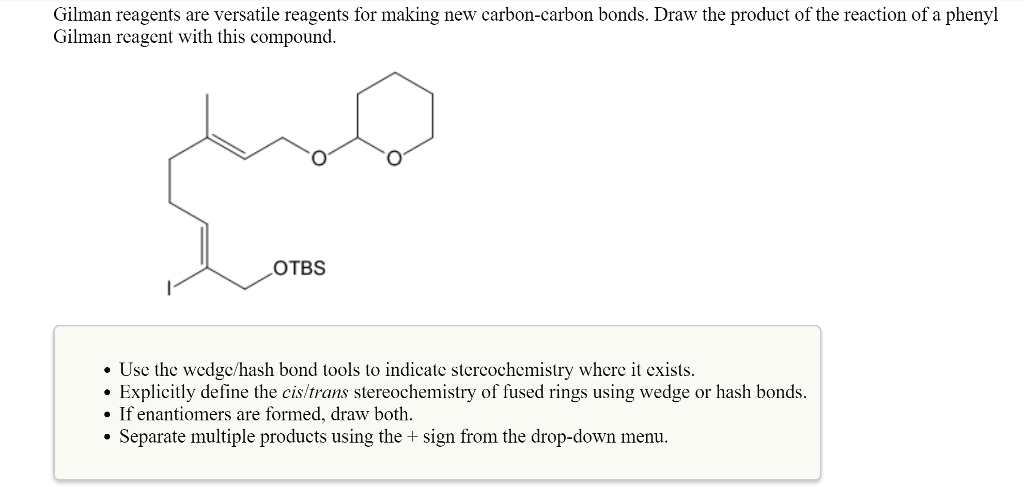

Particularly during periods of volatility and uncertainty, it’s important to maintain a long-term perspective. Might this suggest that the current market cycle could continue the recovery trend described above? Time will tell, but it’s an interesting historical perspective into previous municipal bond market cycles. Although municipal bond returns bore the brunt, relative yields, price valuations and underlying fundamentals appear to have strengthened. The municipal bond market was driven by a number of factors in 2022 that produced significant headwinds-primarily, the effects of the Federal Reserve’s monetary policy and rising interest rates. Past performance does not guarantee future results. Maximum drawdown refers to the peak (high) to trough (low) decline during a stated time period, which is quoted as a percentage between the peak to the trough. Municipal bond performance is represented by the Bloomberg Municipal Bond Index. Source: Morningstar Direct, as of 12/31/22. Yet, for each of the six drawdown periods, municipal bonds performed well in the subsequent 12-month period following significant market declines.Įxhibit 1: Municipal Bonds Have Performed Well Following Periods of Market Declines Of course, past performance cannot predict the future, so results for the current market cycle remain to be seen. Looking back over a nearly 30-year period, in the 12 months immediately following a market decline (or “drawdown”), municipal bonds rebounded to reward investors with positive returns (see Exhibit 1). However, municipal bonds have historically demonstrated strong performance following down-market cycles. A Look at Previous Market CyclesĪs mentioned earlier, not unlike other asset classes, municipal bonds may be influenced by changing economic and market conditions. What’s encouraging, however, is that much of the volatility to-date appears to be driven primarily by rising interest rate, rather than by credit concerns or other fundamental market issues. It’s uncertain at this point if the municipal bond market will continue to be pressured by the Federal Reserve’s monetary policy that is aimed at helping to stem inflation. This has caused considerable downward price pressure on municipal bonds and is being exacerbated by heavy outflows from retail investors. Given the inverse relationship between bond yields and prices, municipal bond valuations have dropped significantly in response. The result has been a dramatic increase in municipal bond yields. economic growth in check, which has led to numerous increases in the federal funds rate (the interest rate that banks charge each other to borrow or lend excess reserves overnight). One of the primary factors has been a concerted attempt by the Federal Reserve (“the Fed”) to help quell inflation and keep U.S. The markets have been driven by a number of factors, both domestically and globally, that have produced significant headwinds for municipal bonds. Much of 2022 presented a challenging period for fixed income markets, including municipal bonds. What’s Currently Driving Municipal Bonds? This article provides a summary of recent market volatility, as well as an historical look at how municipal bonds fared during and following down-market cycles. However, municipal bonds have demonstrated tremendous resiliency, as evidenced by a history of strong rebounds following significant market declines. 2ĭespite these advantages, it is important to remember that, as with all asset classes, municipal bonds are subject to changing market conditions and potential volatility.


1 Investors have also long been attracted by the fact that municipal bonds are typically issued by states, cities and municipalities to finance and benefit from local capital funding projects. Throughout their history, municipal bonds have generally been viewed as a conservative investment choice for individuals seeking a steady stream of current, tax-exempt income.


 0 kommentar(er)
0 kommentar(er)
